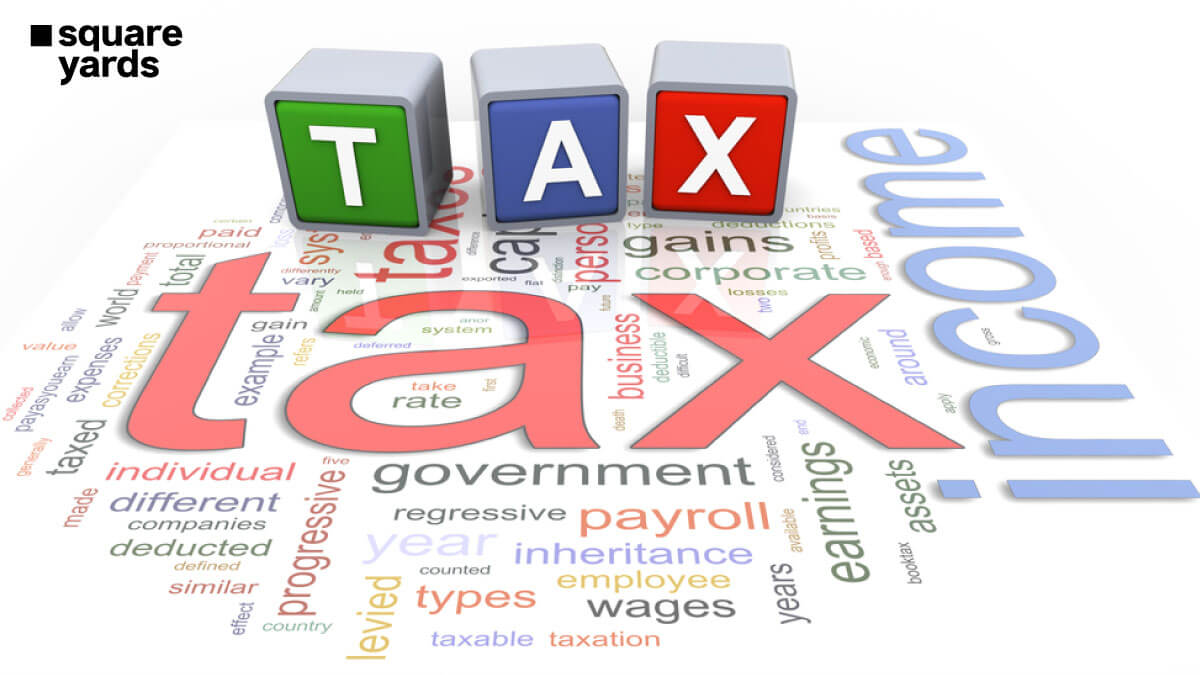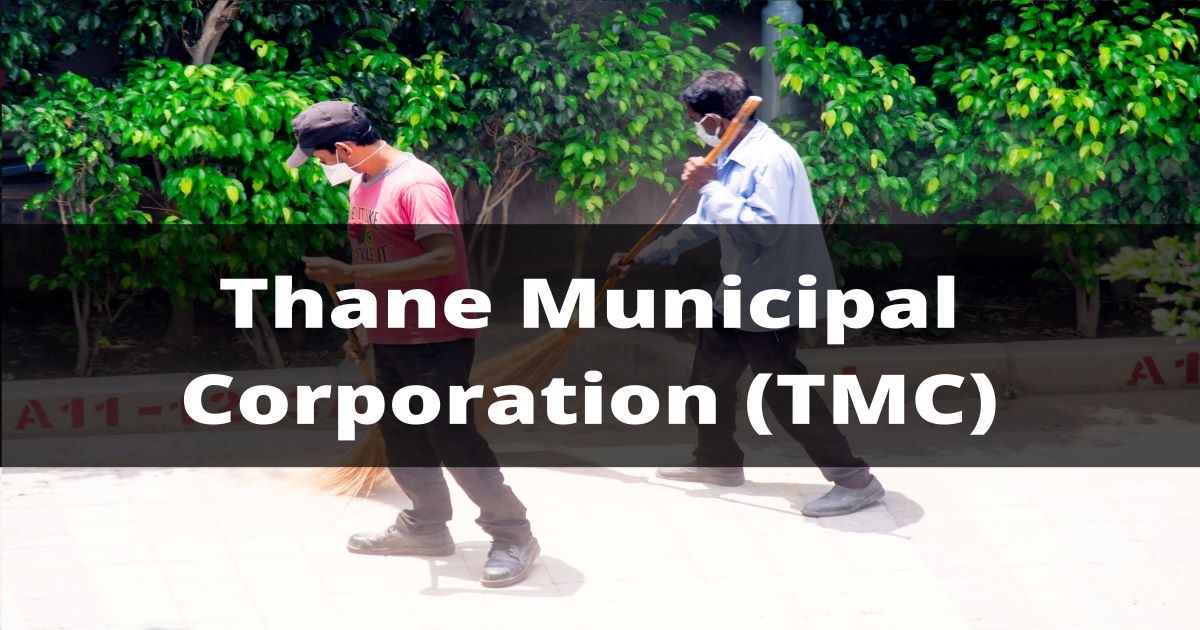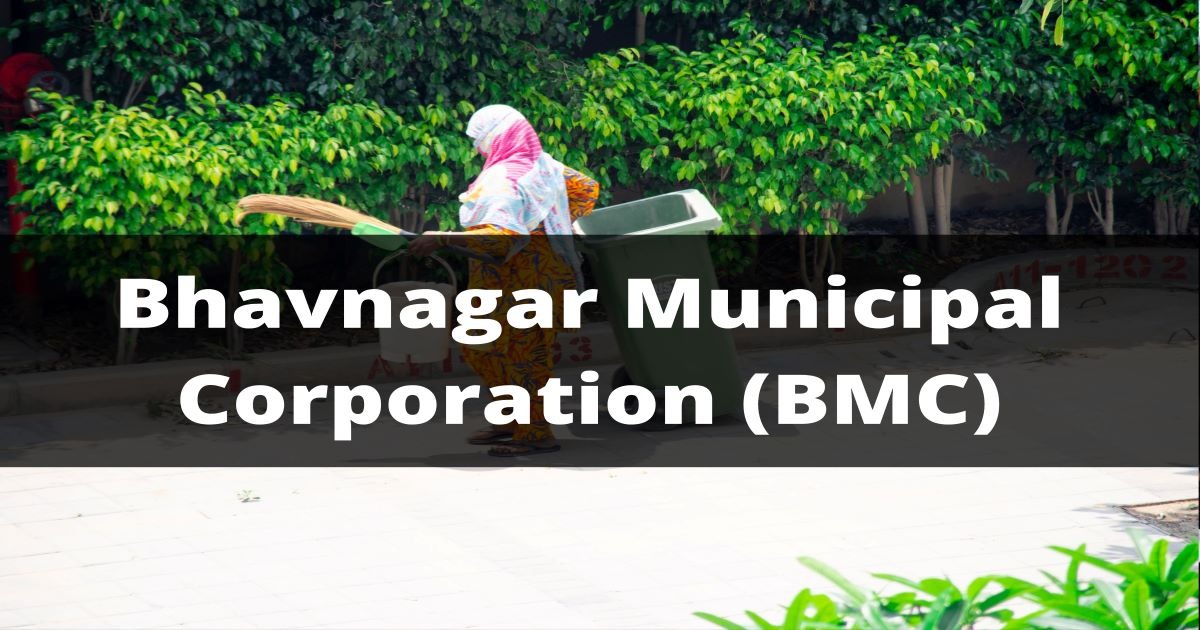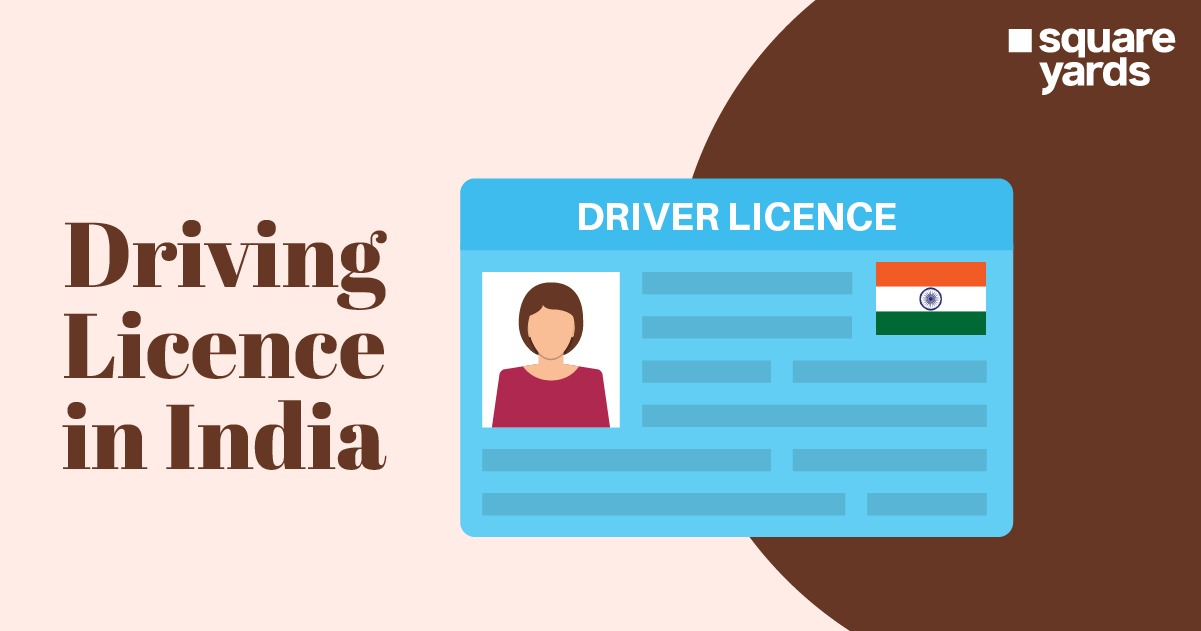Every individual who earns a taxable income is liable to file an ITR for each fiscal year. As soon as the income tax return is filed, the income tax department processes it to identify errors. If minor errors are discovered in the filed income tax notice, the designated person must send a summary assessment to the assessee under Section 143(l) of the IT Act. Thus, an income tax notice sent under Section 143(1) of the Income Tax Act is the most common type of notice. You don’t have to be bothered if you receive an income tax notification.
All you have to do is grasp the method and steps to return to the notice. It may appear daunting at first, but we’ve got you covered with our comprehensive guide to Section 143 (1) IT Act, ITR intimation, how to deal with it, the nature of adjustments, and much more.
Table of contents
- Letter of Intimation u/s 143(1)
- Preliminary Assessment Under 143(1)
- Sample of an Intimation under 143(1)
- How to Deal with Intimation Under Section 143(1)?
- What is the Password for Intimation under Section 143(1)?
- Nature of Adjustments Under 143(1)
- Time Limit for the Issue of 143(1)
- Action to be Taken by the Taxpayer After Receiving a 143(1)
- FAQ’s on Section 143 (1) of Income Tax Act:-
Letter of Intimation u/s 143(1)
An individual can file an income tax return either on one’s own accord under Section 139 or when the IT department asks for it under Section 142(1). As a taxpayer, it is essential to understand what happens when you file your return of income. A specific time frame is decided when the taxpayers have to file their returns. The department puts forward a preliminary assessment of the filed returns when the entry closes.
This assessment primarily focuses on arithmetic errors, the computation of taxes, internal inconsistencies, and the authentication of tax payments. After the completion of the preliminary assessment, the IT department communicates with the taxpayers, and it is termed an “intimation” or “ITR intimation” under Section 143(1). The process is entirely computerised, and there is no need for human intervention.
Preliminary Assessment Under 143(1)
CPC’s initial return processing is fully automated, and Section 143(1) Intimation is similarly a computer-generated record. CPC compares data entered in each tax return to the information present in the database of the income tax department (like form 26AS created from information provided by banks, form 16, TDS returns, and so on). The income tax notice is sent to highlight obvious errors discovered by the mainframe system.
● Once the taxpayers file their income returns, the computerised system recomputes the total income and loss with the IT department’s record. This is to compare the information provided by the taxpayer with the one department already has.
● The ITR intimation is divided into two columns. First comprise of information provided by the taxpayer. Second computer by the system under Section 143(1).
● Usually, this comparison orients around major categories, including:-
○ Income generated from various sources
○ Gross Total Income,
○ Deductions based upon Chapter VIA of Section 80C, Section 80D
○ Tax deducted at source and tax payments by taxpayers in advance tax and self-assessment tax.
● Required adjustments based upon the authentic income computed based upon Section 143(1) along with the tax liability and refund.
● Adjustments are made only after the taxpayer has been notified of the proposed adjustments, either in written form or through email to the email address specified in the income tax return filed by the taxpayer.
● Before finalising the adjustment, the authority waits for 30 days to receive the taxpayer’s response from the intimation’s issuance date. If the officials do not receive any response from the taxpayer in the mentioned time frame, the modifications made previously will be adopted.
● After calculating the ultimate tax liability, it is adjusted for TDS, tax payments, and any other relief mentioned in Section 90/91.
● An ITR intimation is prepared at utmost priority and then sent to the dedicated taxpayer or assessee.
There can be certain types of Intimations such as:-
○ Intimation with No Demand/ No Refund: Such intimations are sent when the IT department accepts the return filed by the taxpayer without any adjustments.
○ Intimation Determining Demand: This intimation is issued when the department makes adjustments based on Section 143 (1). This is due to some error or discrepancy in the files tax return.
○ Intimation Determining Refund: IT department issues such intimation when the authorities find interest paid or tax refundable. There should be no discrepancy in the submitted return or post adjustments.
● When the officials send a demand notice to the taxpayer associated with final tax liability and refunds.
Sample of an Intimation under 143(1)
When Does One Receive an Intimation under Section 143(1)?
Taxpayers might receive an Intimation under Section 143(1) in three instances:-
● If the taxpayer has overpaid taxes, the tax refund amount will be stated in the notification. If the amount of the refund exceeds Rs. 100, the refund will be given to the taxpayer. Refunds of less than Rs. 100 will not be issued.
● The tax paid by the taxpayer that is determined to be insufficient after computation, the notice will mention the amount of tax outstanding and provide a challan for the correlated payment.
● A straightforward notice stating that the taxpayer’s tax returns are consistent with the assessing officer’s computation. In such situations, the assessee should consider the ITR V acknowledgement as an intimation notice.
How to Deal with Intimation Under Section 143(1)?
You can deal with intimation by following the mentioned approach:-
● Firstly, as a taxpayer, there is no need to worry if you receive an ITR intimation. Go through the specifics and recheck the details if they belong to you, including name, year of assessment, and PAN number.
● After going through the specifics, check the key reason why the authorities sent this notice to you, i.e. due to tax refund or payable tax. If you have received the notice for a tax refund and the value exceeds INR 100, you will pay the amount. There is no need to provide any other additional details.
● If the notice was given because of an unpaid tax, the taxpayer must investigate the cause of the disparity. Minute errors, insufficiently presented paperwork, unreported income sources, or deductions filed under the incorrect sections are all possible causes. If the computation appears to be satisfactory, the taxpayer must pay the amount right once; however, if the taxpayer is dissatisfied with the adjustments and wishes to contest the notification, get in touch with a competent CA and an income tax officer.
What is the Password for Intimation under Section 143(1)?
The taxpayer’s intimation under Section 143(1) is encrypted through a password. It is kept password-protected, and to open the file; you will have to enter your PAN number in lowercase and DOB in the day, month, year format without any space.
For better understanding, let’s go through a quick example. Your PAN number is UVXYZ1234, and your DOB is 01/01/2022; then, your password for this encrypted file will be “uvxyz123401012022”.
Nature of Adjustments Under 143(1)
The total income of the taxpayer and the incurred loss are calculated under Section 143(1). For the same below-depicted adjustments are made:-
● Any arithmetical entry in the filed income tax return
● Any inappropriate claim associated with the information present in return. By incorrect claim, we mean:
The claim of an item within the filed return that conflicts with other entries or different items in the same return. For example, income generated from other sources is deducted from business income but not disclosed within the revenue section incurred from other sources.
● Disallowance of the incurred loss within the fiscal year carried over from previous years’ filed return after the statutory due date.
● Expenditure mentioned within the audit report but not included within the filed return is not permissible.
Time Limit for the Issue of 143(1)
The return filed by the taxpayer and no change in tax liability/refund and acknowledgement filed itself is deemed to be Section 143(1) intimation.
Intimation under section 143(1) IT Act must be sent in the time frame of one year at the end of the fiscal year in which the taxpayer is supposed to file an income tax return. For example, if a taxpayer files a return for the fiscal year 2019-2020 in July 2019, an intimation can be expected by March 31, 2021. If you have not received any intimation, it means no adjustments have been made.
Action to be Taken by the Taxpayer After Receiving a 143(1)
The assessee or taxpayer receives a tax notice under Section 143(1) detailing the amount computed to be payable, a refund owing to the taxpayer. The acknowledgement of the return of income shall be considered the intimation if no amount is payable or refundable.
The taxpayer must be aware that simply receiving a notice from the IT department does not imply that the taxpayer must appear in person in front of the authorities. In many circumstances, it will suffice if the individual who receives the notice responds to it either physically or electronically.
If a taxpayer receives a notice from the IT department, they should be aware that the return must be revised within 15 days starting from when the notice was received. Suppose the taxpayer does not respond to the income tax notice within the timeframe specified in Section 143(1). In that case, the income tax return will be completed after the necessary modifications specified in the income tax notice are made.
Follow up on the below-depicted steps for responding to an ITR intimation or income tax notice u/s 143(1):-
Step 1: Visit the official portal, i.e. E-Filing website of the Income Tax Department.
Step 2: Click on the “E-Proceedings” section and click on E-Assessment/Proceedings.
Step 3: Now choose “Prima Facie Adjustment u/s 143(1)(a)”.
Step 4: You will get redirected to another page where detailed information about the notice will be presented. Now, click on “Submit” to move forward with the response process.
Step 5: After this, you will see tabular data consisting of the identified mismatches. Click on the available drop-down adjacent to every error to enter the revised data.
Step 6: Provide the required information in the remarks section.
Step 7: Upload a scanned copy of the supporting documents before the response submission.
Step 8: Finally, click on the Submit” tab. Next to this, you will receive the acknowledgement for the same.
It is a human tendency to make mistakes, but it is critical to correct them as soon as possible. If the IT department depicts a mistake on your tax return, in that instance, it could be considered income concealment, and you could incur a penalty. As a result, you must modify the discrepancies of your return with utmost priority. Pay the adjusted self-assessment tax if the adjustment results in additional tax owing. You will get the notification under Income Tax Section 143(1) if you owe a refund.
FAQ’s on Section 143 (1) of Income Tax Act:-
Can I submit a revised return as per Section 143(1) upon notification?
Yes, you can submit a revised return as per section 143(1) upon notification. As a taxpayer, you have the authority to file a revised return before the generation of ITR intimation. To submit a revised return, visit the official portal of the income tax department.
Is an intimation under Section 143 (1) a levy order?
No, an intimation under Section 143(1) is not an assessment order. You can consider it as an automated response generated by the IT department after carrying out a preliminary review of the income return filed by the taxpayer.
I receive a demand notice under section 143(1) to pay an amount of Rs.5000. What should I do?
If the demand notice you have received is authentic and you agree, you will have to pay the depicted amount within the given time frame. You will have to choose the category “Tax on regular assessment (400)” mentioned under the type of payment within the challan.










































